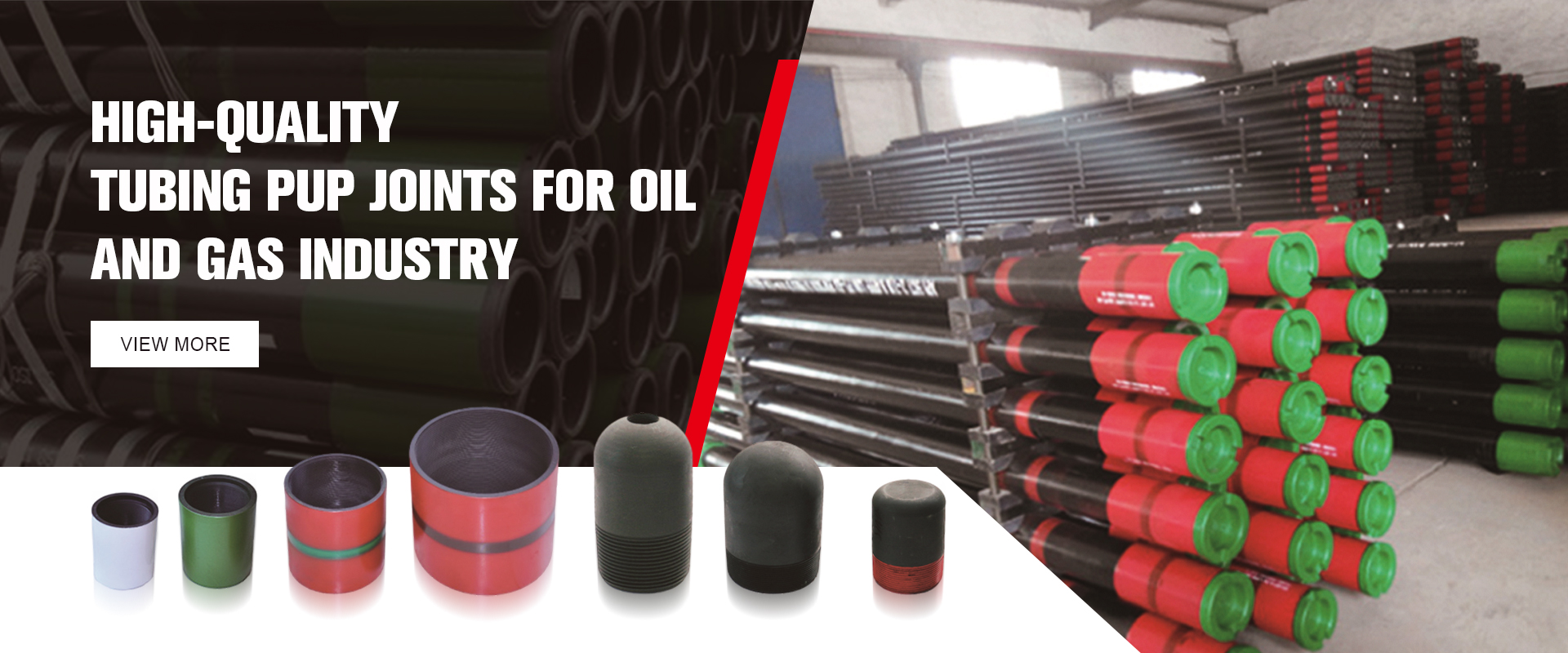- Afrikaans
- Albanian
- Amharic
- Arabic
- Armenian
- Azerbaijani
- Basque
- Belarusian
- Bengali
- Bosnian
- Bulgarian
- Catalan
- Cebuano
- Corsican
- Croatian
- Czech
- Danish
- Dutch
- English
- Esperanto
- Estonian
- Finnish
- French
- Frisian
- Galician
- Georgian
- German
- Greek
- Gujarati
- Haitian Creole
- hausa
- hawaiian
- Hebrew
- Hindi
- Miao
- Hungarian
- Icelandic
- igbo
- Indonesian
- irish
- Italian
- Japanese
- Javanese
- Kannada
- kazakh
- Khmer
- Rwandese
- Korean
- Kurdish
- Kyrgyz
- Lao
- Latin
- Latvian
- Lithuanian
- Luxembourgish
- Macedonian
- Malgashi
- Malay
- Malayalam
- Maltese
- Maori
- Marathi
- Mongolian
- Myanmar
- Nepali
- Norwegian
- Norwegian
- Occitan
- Pashto
- Persian
- Polish
- Portuguese
- Punjabi
- Romanian
- Russian
- Samoan
- Scottish Gaelic
- Serbian
- Sesotho
- Shona
- Sindhi
- Sinhala
- Slovak
- Slovenian
- Somali
- Spanish
- Sundanese
- Swahili
- Swedish
- Tagalog
- Tajik
- Tamil
- Tatar
- Telugu
- Thai
- Turkish
- Turkmen
- Ukrainian
- Urdu
- Uighur
- Uzbek
- Vietnamese
- Welsh
- Bantu
- Yiddish
- Yoruba
- Zulu
tubing and casing
Understanding Tubing and Casing in the Oil and Gas Industry
The oil and gas industry relies heavily on tubing and casing for the successful extraction of hydrocarbons from underground reservoirs. These two essential components play a crucial role in the drilling and completion of wells, ensuring safe and efficient operations. This article delves into the significance of tubing and casing, their functions, types, and the challenges faced in their installation and maintenance.
What are Tubing and Casing?
Casing refers to large-diameter pipes that are installed in the wellbore to maintain its integrity. This structural safeguard prevents the walls of the well from caving in, protects groundwater from contamination, and isolates high-pressure formations from the well environment. Typically, casing is cemented in place after being installed, creating a seal that enhances the stability of the well.
On the other hand, tubing is a smaller-diameter pipe that is inserted into the well after casing has been completed. It serves as the conduit through which hydrocarbons and other fluids are transported from the production zone to the surface. Tubing enables efficient extraction of resources and is crucial for various completion techniques, including artificial lift systems.
Types of Casing and Tubing
There are several types of casing, including surface casing, intermediate casing, and production casing, each serving distinct purposes. Surface casing is positioned closest to the surface and acts as the first line of defense against environmental contamination. Intermediate casing follows and provides additional well stability, especially in challenging geological formations. Finally, production casing is inserted into the reservoir zone, allowing for the extraction of oil or gas.
tubing and casing

Tubing, too, comes in different grades and specifications, depending on the application. Common types include API tubing (American Petroleum Institute) and specialty tubing tailored for specific conditions like high pressure or corrosive environments. The selection of tubing and casing materials is vital, as they must withstand extreme temperatures, pressures, and the chemical composition of the extracted fluids.
Challenges in Installation and Maintenance
While tubing and casing are instrumental in the drilling process, their installation and maintenance present several challenges. One significant issue is the risk of corrosion, particularly for tubing that lies in contact with produced fluids. Corrosion can lead to leaks and failures, jeopardizing not only the extraction process but also the safety of workers and the environment.
Another challenge arises during the installation phase, where precise measurements and calculations are essential. An improperly placed casing can result in leaks or ineffective isolation of formations, causing potential blowouts or other hazardous situations. Advanced technologies, such as real-time monitoring systems and downhole sensors, are increasingly being utilized to enhance the accuracy of installation and to monitor conditions in the wellbore.
Additionally, the proper cementing of casing is critical to the overall integrity of the well. Poor cement bonding can lead to pathways for fluids to migrate up the wellbore, which can result in environmental contamination or pressure imbalances. Rigorous testing and quality control during the cementing process have become standard practices to mitigate these risks.
Conclusion
In conclusion, tubing and casing are fundamental elements of the oil and gas industry's drilling and production processes. Their roles in maintaining well integrity, ensuring safe extraction, and facilitating fluid transport cannot be overstated. Understanding the various types, challenges, and technologies associated with tubing and casing is essential for professionals in the field. Continuous improvements in materials and methodologies are critical to overcome the challenges faced in this sector, ultimately leading to more efficient and environmentally responsible practices in the extraction of hydrocarbons. As the industry evolves, ongoing research and innovation will ensure the reliability and safety of these vital components in the quest for energy resources.
-
Tubing Pup Joints: Essential Components for Oil and Gas OperationsNewsJul.10,2025
-
Pup Joints: Essential Components for Reliable Drilling OperationsNewsJul.10,2025
-
Pipe Couplings: Connecting Your World EfficientlyNewsJul.10,2025
-
Mastering Oilfield Operations with Quality Tubing and CasingNewsJul.10,2025
-
High-Quality Casing Couplings for Every NeedNewsJul.10,2025
-
Boost Your Drilling Efficiency with Premium Crossover Tools & Seating NipplesNewsJul.10,2025







